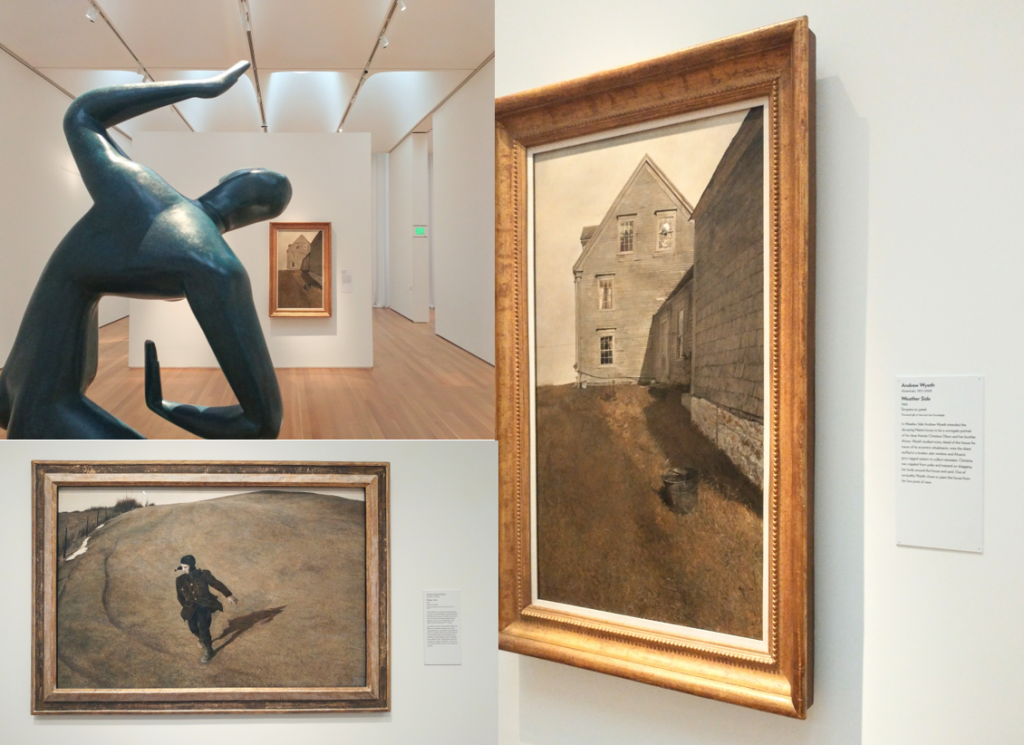Book Is a Tribute to the Lady in the Pink Dress
Written by |

Column by Young Lee
The North Carolina Museum of Art has a few paintings by Andrew Wyeth. One of them is “Weather Side,” which depicts a side of the house where Christina Olson lived. Olson was the subject of Wyeth’s most famous work, “Christina’s World.” She also was Wyeth’s neighbor, friend, and muse.
Olson was afflicted by an undiagnosed condition that left her unable to walk in the later years of her life. Instead of using a wheelchair, she crawled her way through her daily activities. Perhaps it was her way of facing her lot in life head-on.
She died never knowing what it was that had weakened her body, but today’s experts believe it was likely Charcot-Marie-Tooth disease (CMT) — meaning she may have been a CMTer like me.
During one of my trips to the museum this year, I stopped for a few minutes to appreciate “Weather Side.” It reminded me of Olson’s story and its connection to the CMT community. Since then, I’ve been reading up on “Christina’s World” and Wyeth. It has helped me to better understand my feelings about the painter and his portrayal of a figure I can relate to as a guy with CMT.
During my exploration, I couldn’t ignore perhaps the most well-known work on Olson outside of Wyeth’s painting: a fictionalized memoir by author Christina Baker Kline titled “A Piece of the World.”
While I had faith that Kline had written a great story, I was surprised by how touched I was at the care she had taken with a fictionalized take on Olson’s narrative. Kline’s novel is based on extensive research as well as interviews with Olson’s and Wyeth’s relatives.
Kline does not say whether Olson had CMT. And I think it would be disingenuous if she did. But in the acknowledgments, she makes it clear that she approached the story with CMT in mind. She even credits “Bernadette,” a documentary about modern-day CMT icon Bernadette Scarduzio, with influencing her writing.
In “A Piece of the World,” Olson has such a universal appeal that anyone can relate. But there are times in the novel when I think many CMTers might say, “Yep! That’s me.”
In one scene, Kline’s Olson thinks about how her spirit is at odds with the limitations of her body:
“I’m so tired of this mutinous body that doesn’t move the way it should. Or the low thrumming ache that’s never entirely absent. Of having to concentrate on my steps so I don’t fall, of my ever-present scabs and bruises. I’m tired of pretending that I’m the same as everyone else. But to admit what it’s really like to live in this skin would mean giving up, and I’m not ready to do that.”
Although I have a fairly mild version of CMT, I feel the same on particularly rough days. It is nice to be acknowledged by a book in this way.
Kline’s take on Olson’s story is illuminating for those who want to know more about the lady in the pink dress, and why “Christina’s World” has such a haunting effect on viewers. It’s a tribute to an industrious spirit who remained unbroken through life’s trials. As a CMTer, it’s nice to have a book that is a thoughtful and accurate portrayal of what it’s like to face the world with CMT.
***
Note: Charcot-Marie-Tooth News is strictly a news and information website about the disease. It does not provide medical advice, diagnosis, or treatment. This content is not intended to be a substitute for professional medical advice, diagnosis, or treatment. Always seek the advice of your physician or other qualified health provider with any questions you may have regarding a medical condition. Never disregard professional medical advice or delay in seeking it because of something you have read on this website. The opinions expressed in this column are not those of Charcot-Marie-Tooth News or its parent company, Bionews Services, and are intended to spark discussion about issues pertaining to Charcot-Marie-Tooth.






Leave a comment
Fill in the required fields to post. Your email address will not be published.